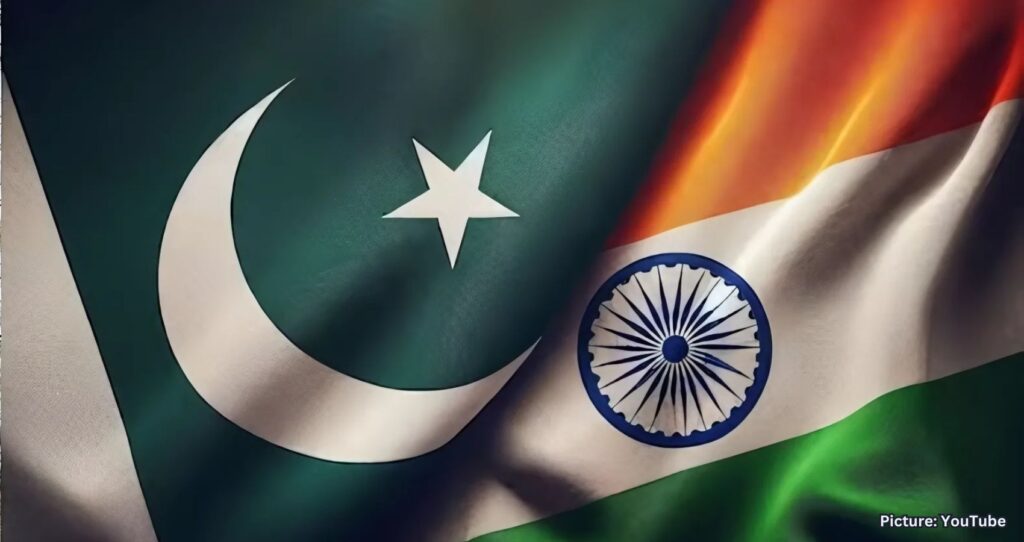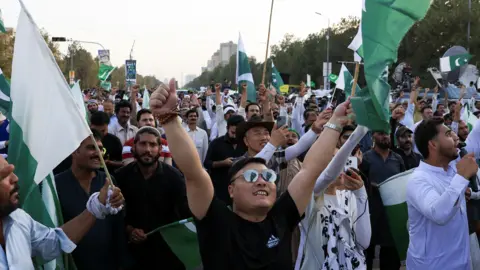In the heart of South Asia, where geopolitical tremors often ripple across continents, a rare moment of calm has emerged. India and Pakistan Ceasefire, two nuclear-armed neighbors with a long and turbulent history, have agreed to a ceasefire following a wave of hostilities that threatened to plunge the region into chaos once again. This ceasefire, born out of a mix of military decisiveness and international diplomacy, marks a significant—if tentative—step toward de-escalation.
The Spark: A Devastating Attack in Pahalgam
The crisis was ignited on April 22, when a brutal terrorist attack rocked the picturesque town of Pahalgam in Indian-administered Kashmir. The attack, which killed 28 civilians—mostly Hindu pilgrims and tourists—sent shockwaves through the nation. Gruesome footage and emotional eyewitness accounts dominated Indian media, triggering national outrage and placing immense pressure on the government to respond forcefully.
New Delhi was quick to point fingers across the border, holding Pakistan-based terror groups responsible for the carnage. While Pakistan denied any involvement, the Indian public demanded action. This mounting tension laid the groundwork for a major military operation.

Operation Sindoor: India’s Offensive Strategy
On May 7, India launched “Operation Sindoor,” a high-risk air strike campaign aimed at neutralizing terror infrastructure beyond its own borders. Unlike previous operations, this one was executed with precision and was publicly announced, signifying a new era in India’s counter-terror strategy. The Indian Air Force reportedly hit nine key terrorist training and logistics hubs in Pakistan and Pakistan-occupied Kashmir.
What made this operation different was its calculated approach. By focusing strictly on non-military targets and avoiding civilian infrastructure, India communicated that its intention was not war, but a crackdown on terror elements. Videos and images released by the Indian defense establishment showed extensive damage to these camps, reinforcing their claim of a targeted and successful strike.
International Community Steps In
As the possibility of war loomed large, key international players sprang into action. The United States, under the leadership of Vice President JD Vance and Secretary of State Marco Rubio, played a central role in diplomatic back-channel negotiations. Their efforts were joined by former U.S. President Donald Trump, who still holds sway in international political circles and was acknowledged by both India and Pakistan for his informal yet impactful role in opening dialogue.
But it wasn’t just the United States taking notice. Gulf countries, particularly Saudi Arabia, the United Arab Emirates, and Qatar, actively worked to defuse tensions. Saudi Arabia’s Foreign Minister made a surprise visit to New Delhi, signaling Riyadh’s commitment to regional peace. The UAE and Qatar, both with significant Indian and Pakistani expatriate populations, also used their economic leverage and diplomatic channels to encourage de-escalation.
The Ceasefire Agreement
After nearly two weeks of intense diplomatic activity, both public and behind closed doors, India and Pakistan agreed to a ceasefire on May 10. In public statements, both sides claimed strategic victory—India citing the success of Operation Sindoor in dismantling terror bases, and Pakistan emphasizing its military’s defensive preparedness.
The ceasefire halted the immediate risk of further military engagement, and no further strikes have been reported as of May 12. However, the situation remains tense. Officials on both sides continue to accuse each other of violating ceasefire terms, and cross-border rhetoric has not softened completely. Still, the agreement has held—an achievement in itself given the fragile nature of India-Pakistan relations.
Human Cost and Human Resilience
For civilians on both sides of the Line of Control, the ceasefire comes as a moment of relief. In border villages, families who had fled their homes amid fears of escalation are slowly returning. Farmers are once again tending to their fields, and children are back in schools, although trauma from recent days lingers heavily in the air.
The airspace closure, which disrupted numerous international and domestic flights, has now been lifted. Commercial airlines, including several from the Gulf region, have resumed their operations, signaling a return to routine life. The swift reopening of air routes is seen as a positive gesture, highlighting the desire to restore normalcy as quickly as possible.
What Lies Ahead: Caution and Hope
While the ceasefire offers a glimmer of hope, experts warn that the underlying causes of conflict—particularly the unresolved Kashmir dispute and the persistence of cross-border militancy—remain. Without addressing these root issues, any peace may be temporary.
Nevertheless, this pause in hostilities presents a vital opportunity. It’s a chance for both nations to rebuild diplomatic ties, reconsider hardline positions, and perhaps chart a new course forward. The active involvement of powerful global and regional players could provide the necessary momentum for a more sustained peace dialogue, if leveraged effectively.
There are also whispers of renewed backchannel talks between intelligence agencies, and speculation is rife that multilateral forums could soon be used to further these discussions. Whether these rumors materialize into real progress remains to be seen, but the intent seems clearer now than ever before: neither country wants a full-scale war.
A Turning Point?
The recent turn of events may not have resolved the longstanding animosity between India and Pakistan, but it has certainly shifted the tone. The global community’s involvement, combined with a carefully calibrated military response and a willingness to engage diplomatically, has shown that even the most deeply entrenched rivalries can take a step back from the brink.
For now, the world watches as the dust settles. The images of destruction, the sounds of sirens, and the tears of victims are still fresh—but so is the possibility of a new beginning. In a region so often defined by its divisions, the current silence across the border may just be the most powerful statement of all.
Doha Mall Unveils 30 New Stores, Elevating Qatar’s Retail Experience



